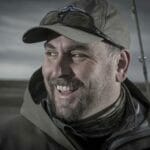Fly fishing for trout encompasses many challenges, which I think is much of the appeal of the sport in the first place. It is, as my friend Monte Burke so eloquently explained, all about puzzle solving; How do I make this cast? How do I know where a trout will be in the river? How do I know what fly to choose? And how do I present that fly in a way that makes a trout want to eat it? Assuming all those variables line up… how am I going to fight and land the fish?
Wow… that’s a handful.
Of all those factors—and trust me, there are many others—the one thing that seems to intimidate people most of all is that “bug thing.” How to match the hatch with a dry fly, or how to pick the right nymph or streamer fly. Maybe you even have to get really tricky and choose an emerger…
Well, don’t be intimidated. Have fun with it. It’s all a guessing game anyway. Sure, learning some basic entomology is important, and it’s rewarding to dial in on the right insect during a dry-fly hatch—even better if you use a fly you tie yourself. But you don’t have to be an entomologist to know what bug to throw for every situation, all the time. In fact, sometimes “un-matching” the hatch will earn you an eat if your fly stands out more and isn’t just one in a million
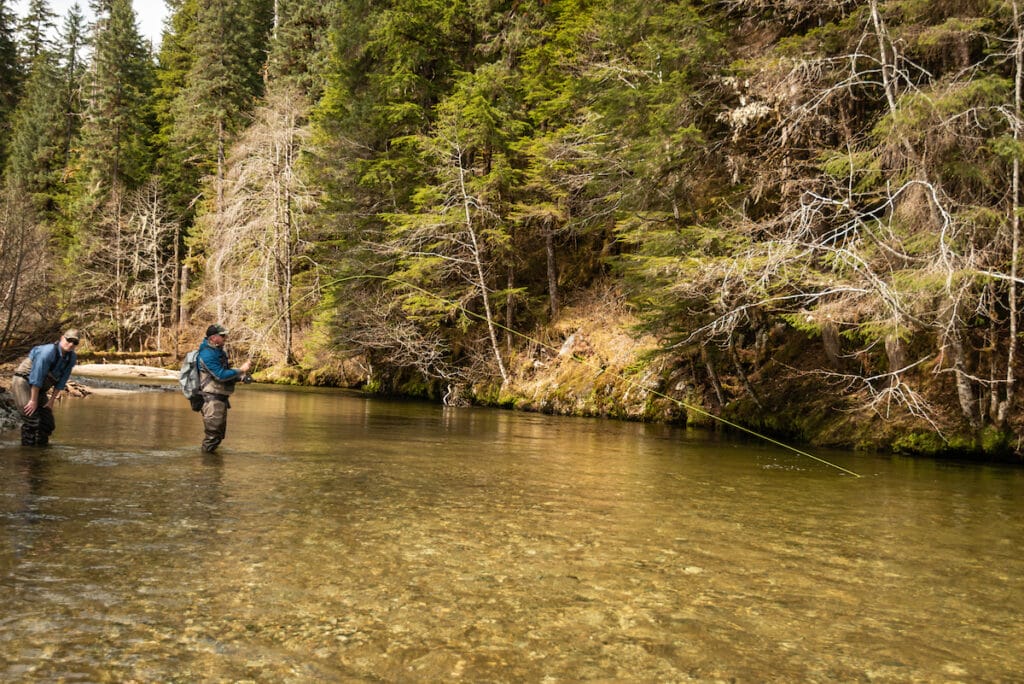
If you ask most honest anglers what the trout are really eating on a given day, the best answers are “a good drift” or “a natural presentation.”
Having said all that, there are a handful of fly patterns that will work almost anywhere, depending on the season. If you told me I could only pick six patterns to fish for trout anywhere in America, these are the patterns I’d pick.
Black (or olive) Woolly Bugger
You can work it like a streamer, drift it like a leech, and you usually feel the take.
Parachute Adams
This is the old standard that proves it’s often more about size and profile than color.
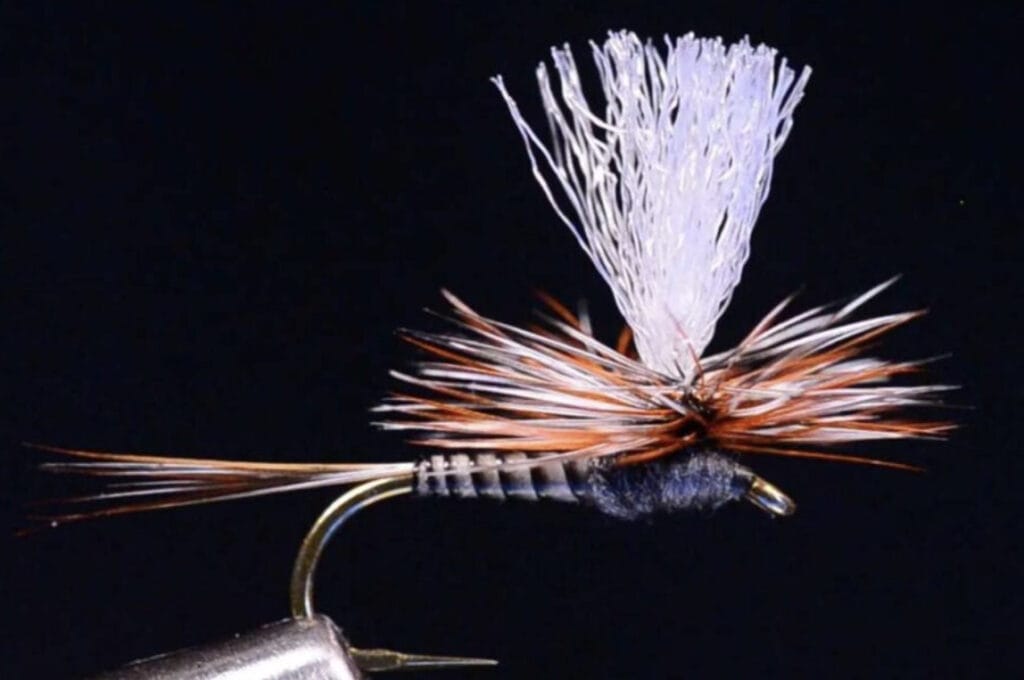
Fish it below the surface, and it’s a sculpin or other baitfish; grease it up and it floats like a grasshopper.
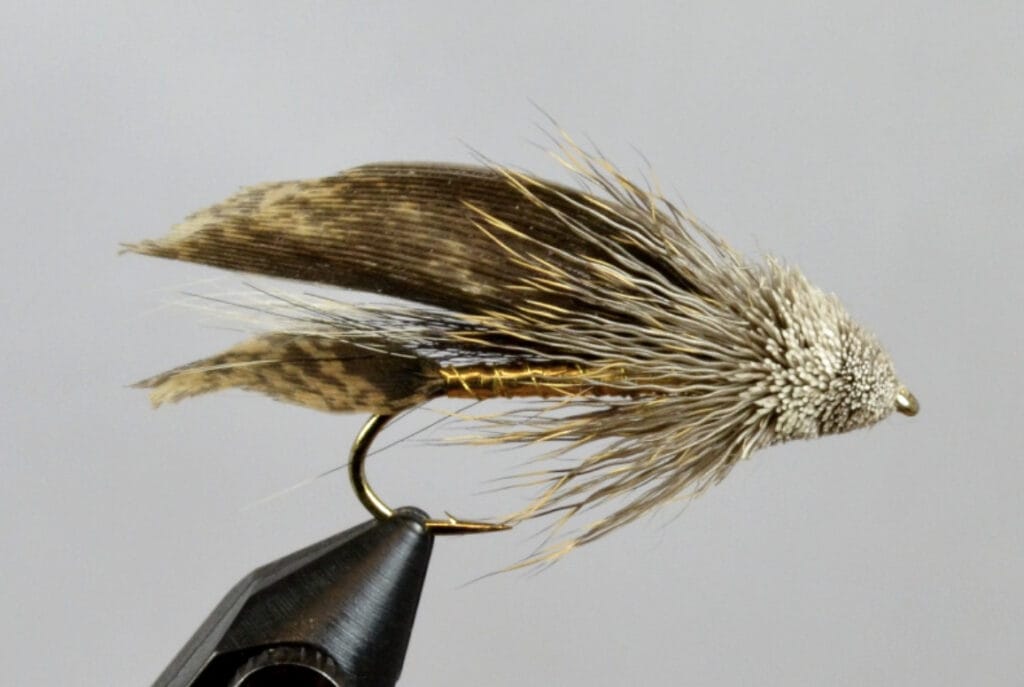
The classic attractor. You can turn over a million rocks and never find a bug that looks anything like it. But trout do love that peacock herl.
Soft Hackle Pheasant Tail Nymph
Another do-anything larval mayfly imitation. I wouldn’t be caught in Pale Morning Dun season without them.
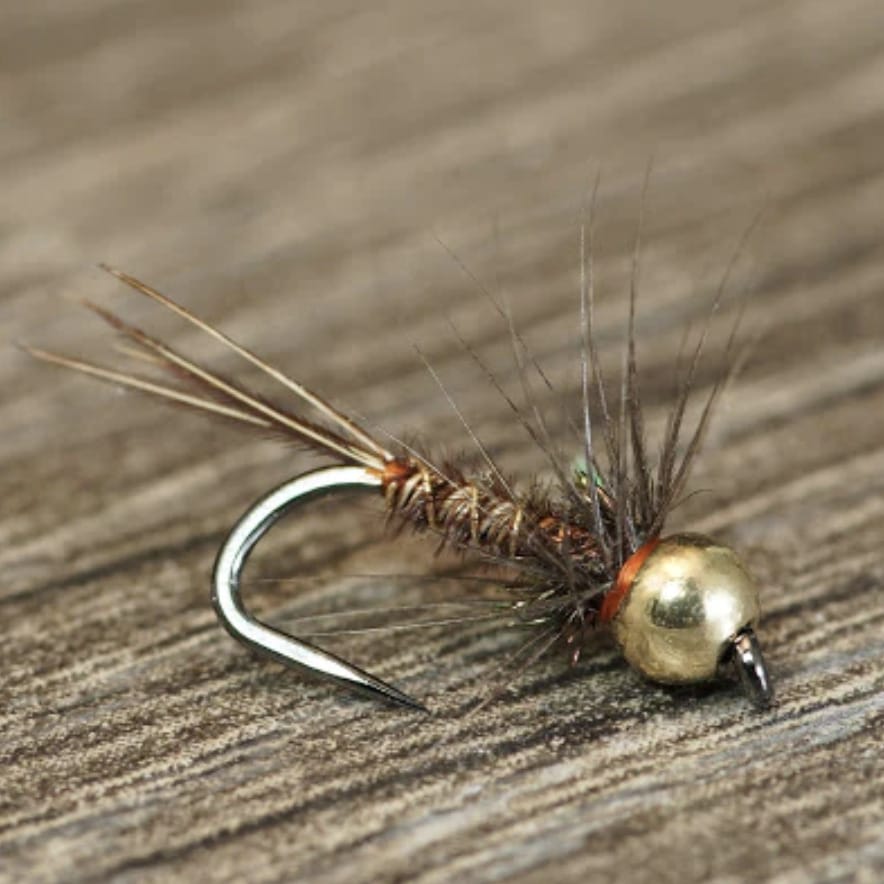
Stimulator
Kauffmann’s famous attractor looks just enough like a grasshopper, or a large caddis to pull double duty.
Of course, everyone has their own bag of tricks and favorite flies. And if you bring some scissors and a Sharpie pen, you can make on-river adjustments if you need to.
The point is, if you see a trout rising, and you have a decent hunch… well that’s all you really need. You have a far better chance at catching the fish by making a cast than you do digging around through a box second-guessing yourself and looking for the exact, perfect fly.


